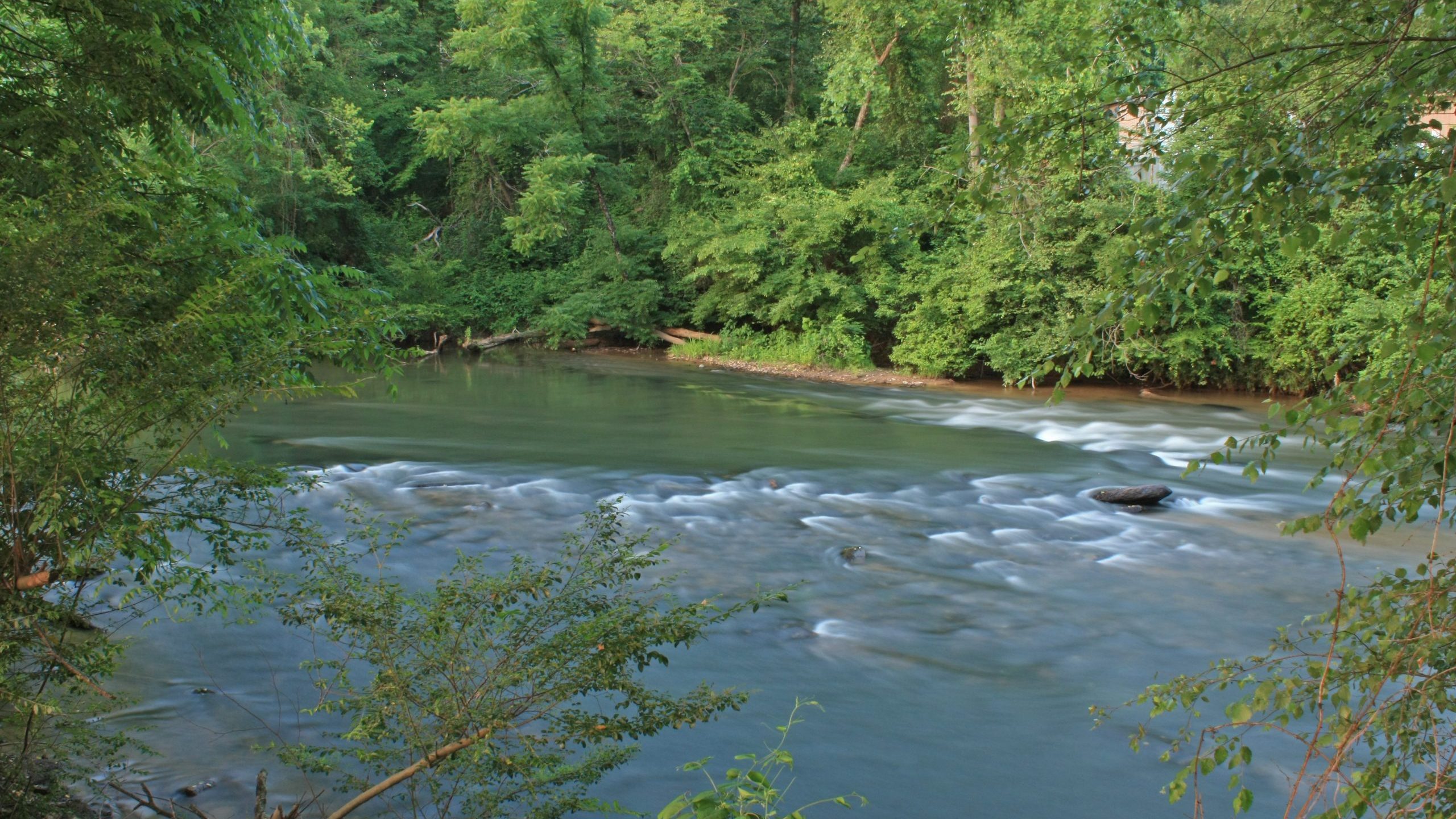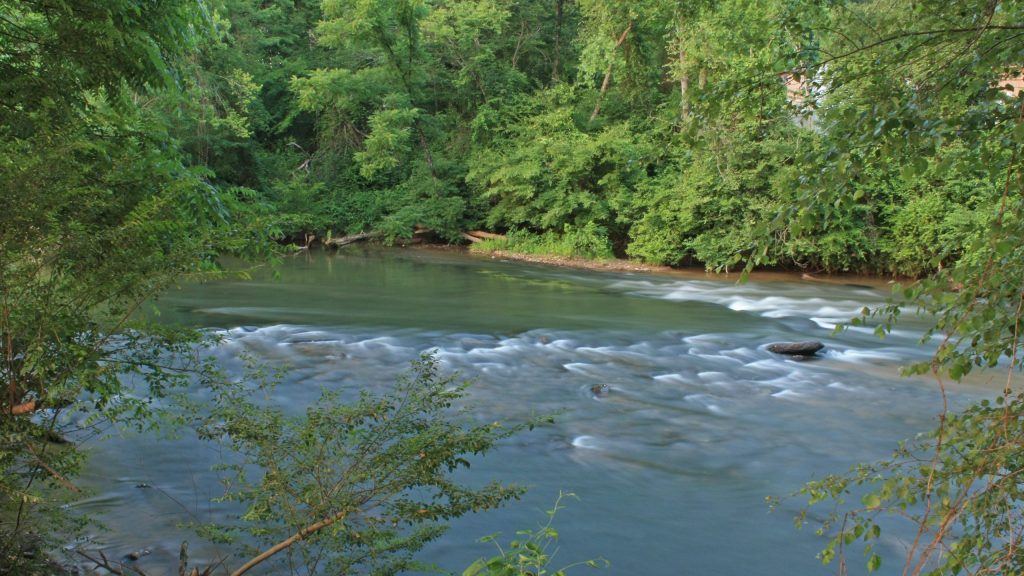Researchers Investigate Couplings Between Human and Natural Systems

Last year at the joint conference of The Wildlife Society and American Fisheries Society, a group of fisheries and wildlife researchers from an assortment of universities collaborated to explore the interconnectedness of humans and the natural world that surrounds them. SE CASC USGS Research Ecologist, Dr. Mitch Eaton was an integral part of this collaboration, which developed the coupled human and natural systems (CHANS) conceptual framework. This piece was written by David Frey for the wildlife.org website, originally posted here.

Image Credit: Alan Cressler
Giving fish and wildlife a CHANS
When The Wildlife Society and American Fisheries Society gathered together for their first joint conference last year, the organizers of one symposium saw it as a chance to break down barriers between the two disciplines. After all, breaking down barriers is the heart of their research.
Representing a gamut of universities — from the Ivy League to state universities — as well as state, federal, tribal agencies and NGOs across the United States and Canada, the presenters had come to discuss the linkages between the human and natural world. They explored how those connections can run in many directions and cross jurisdictions and geographic boundaries and how understanding the dimensions of these connections can help us better manage the world’s natural resources.
When the conference ended, their work wasn’t done. Some of the presenters collaborated again on a column published recently in the American Fisheries Society journal Fisheries, offering a tangible outcome of the two organizations meeting together.
“I think we need more of these linkages,” said Bill Taylor, a professor in Michigan State University’s department of fisheries and wildlife and an author on the paper.
The presenters were sharing their work on coupled human and natural systems, or CHANS, a holistic approach that looks at the interconnectedness between species, natural systems and the human world from the local to the global level.
In some ways, there’s nothing new about the concept. The authors quote Aldo Leopold, considered the father of wildlife management, evoking the sentiment back in 1947: “These are two things that interest me: the relation of people to each other and the relation of people to land.”
But CHANS takes it to a more complex level. Introduced formally to the wildlife and fisheries communities in 2007 and still evolving, the framework looks for “couplings” — reciprocations and feedbacks between humans and the environment. How does overfishing anchovies off the coast of Peru affect livestock production in the United States and food security in China? How does firewood gathering in China affect giant panda (Ailuropoda melanoleuca) conservation programs at American zoos?
“Our symposium was created as a way for us to talk about couplings, how they have developed over time, and ultimately, where do we go from here?” said Andrew Carlson, a postdoctoral researcher currently studying CHANS at Princeton University.
The concept can get pretty theoretical. Researchers tease out “intracouplings” within a system, “pericouplings” across short distances, “telecouplings” across long ones and even “metacouplings” that bring them all together. But it can also get down to earth by looking at how global factors affect fish and wildlife, and the systems they rely on, right in front of us — and vice versa. Can biologists in central Africa better understand relationships between crocodiles and their prey by looking at human population growth and climate change? Can managers come up with better governance solutions if they also consider regional cultural norms and local knowledge?
“CHANS started out largely as a theoretical construct,” said co-author Mitchell Eaton, a research ecologist for the U.S. Geological Survey’s Climate Adaptation Science Center and faculty member in Applied Ecology at North Carolina State University. “Germane to the conversation with TWS and AFS is that the ideas are only recently starting to bridge the gap from theory to application in fisheries and wildlife management.”
That’s changing, the authors said, as more and more managers look to connections between the animals they manage, the environments they live in, and the social fabric that surrounds them.
For Taylor, the concept evokes another Leopold quote: “Thinking like a mountain.”
“Everything is connected to everything else,” he said.
- Categories:
